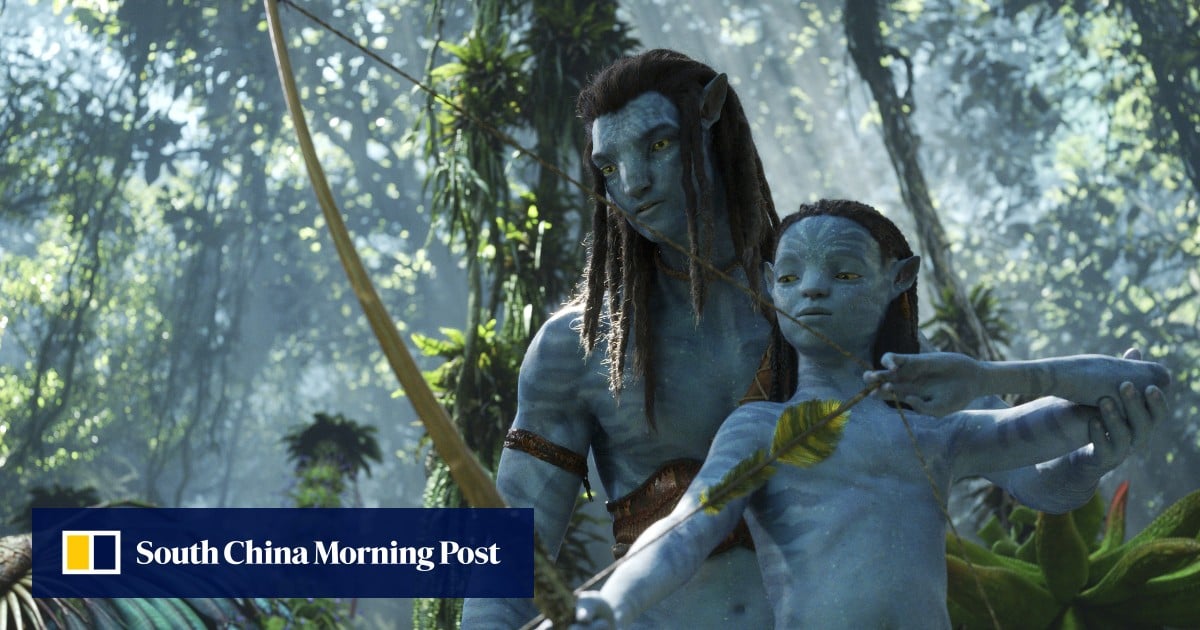“Drawing was everything. It’s how I processed the world,” Cameron says. “I was reading, watching films, taking in all the storytelling, and I just had to tell my own.

“I remember very distinctly (aged eight or nine), I went to see the film Mysterious Island. And I was so amazed by the big creatures and the giant crab, but I didn’t go back and draw Mysterious Island. I drew my own version with different animals.
“I remember in high school being very serious about disciplining myself to draw in all kinds of different styles. I created my own comics. I thought maybe I’ll write a novel and illustrate it.
Titanic remastered in 4K video: James Cameron salutes fans of his 1997 epic
Titanic remastered in 4K video: James Cameron salutes fans of his 1997 epic
“They didn’t have graphic novels yet, but I was thinking in panels … so I was really thinking in shots. The transition into filmmaking was really pretty easy.
He added: (My first Avatar drawing) was done when I was 19, so that was 50 years ago. That drawing led me to think about a bioluminescent world and I wrote a story about that in the late 70s.
“In the early 90s, when I founded a visual effects company and we were trying to do computer-generated characters and creatures, I needed a script about another planet, and so I went back and found that artwork, and that became Avatar – in 1995.”
Cameron also recalled the germ for one of his early movie hits.
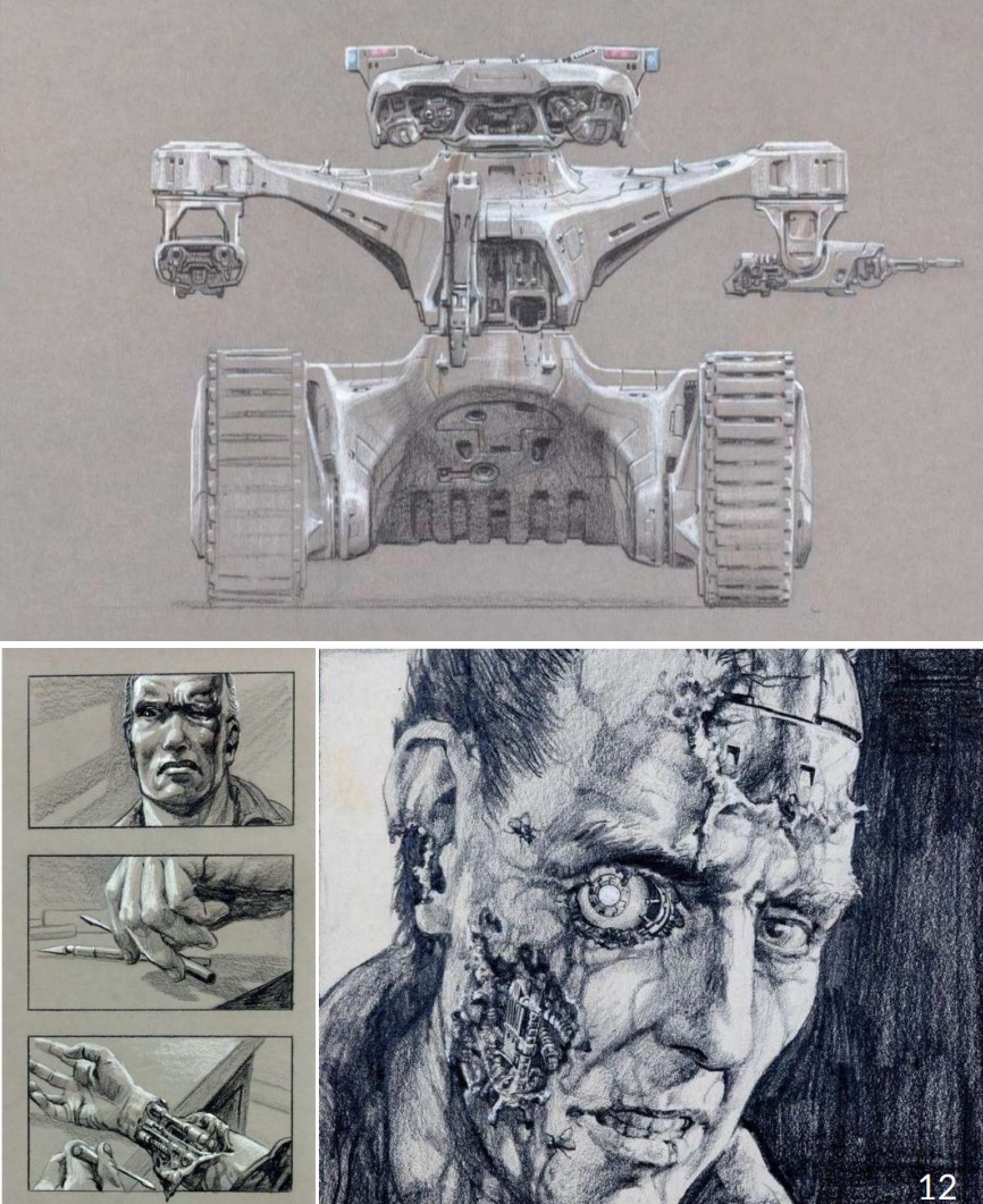
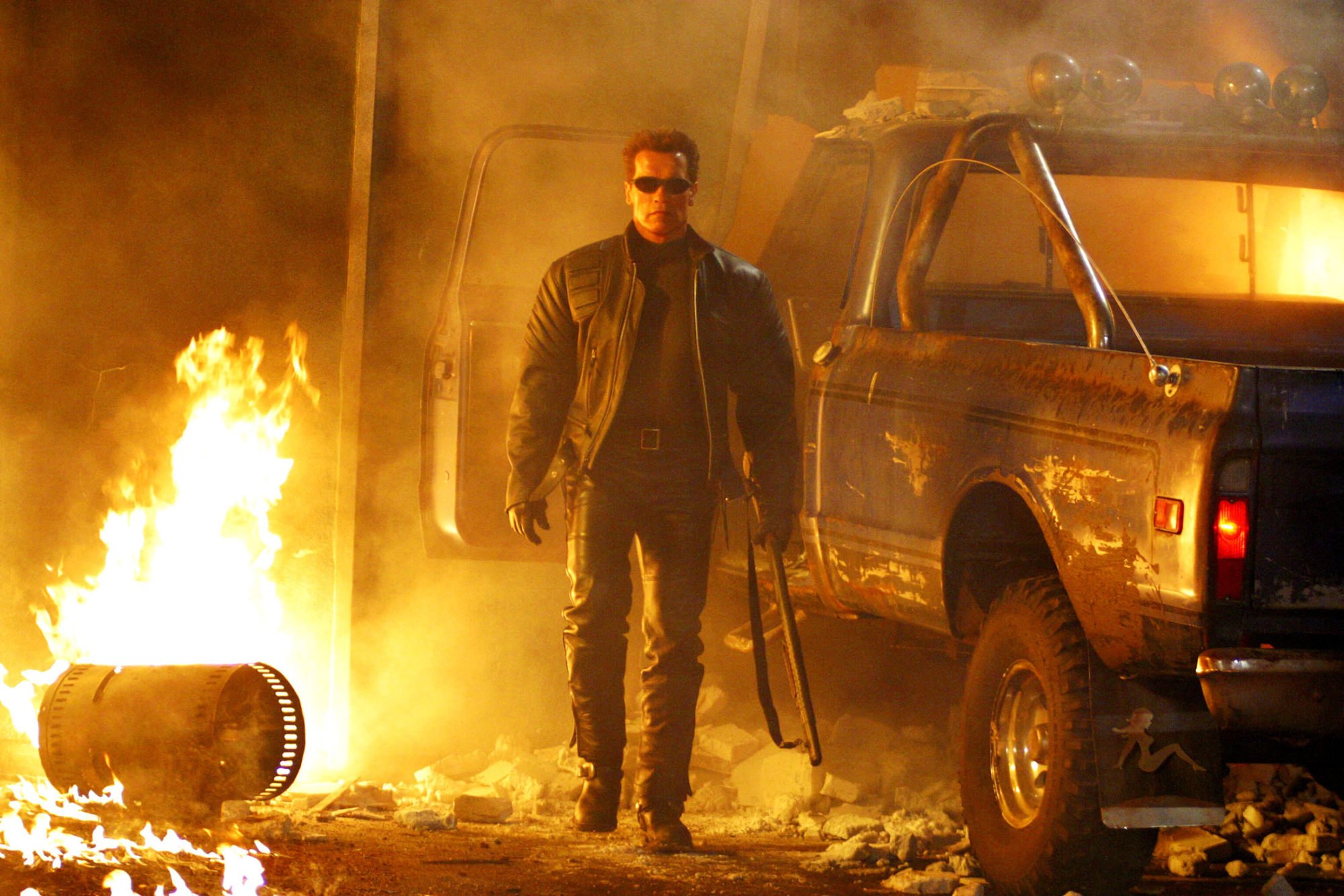
“The Terminator image came to me in a dream. I was sick, I had a high fever, and in that fever dream, I saw a chrome skeleton emerging out of a raging fire. I drew it right away.
“And then I thought: ‘How did he get in the fire? What did he look like before?’ And I knew instinctively that he looked human before the fire.”
He added: “I had dreams as a kid of going through watery tunnels at high speed, kind of like a circulatory system, that wound up in The Abyss.

“I had a nightmare about being in a room where the walls were covered with hornets that would kill me, and that became the scene in Aliens where she runs into the egg chamber.”
He reflected, too, on the changes the digital age has brought.
“I don’t think we can go back, but I think it’s important for people to unplug from time to time. It’s important to spend time in nature, to spend time with yourself, just quiet the mind.
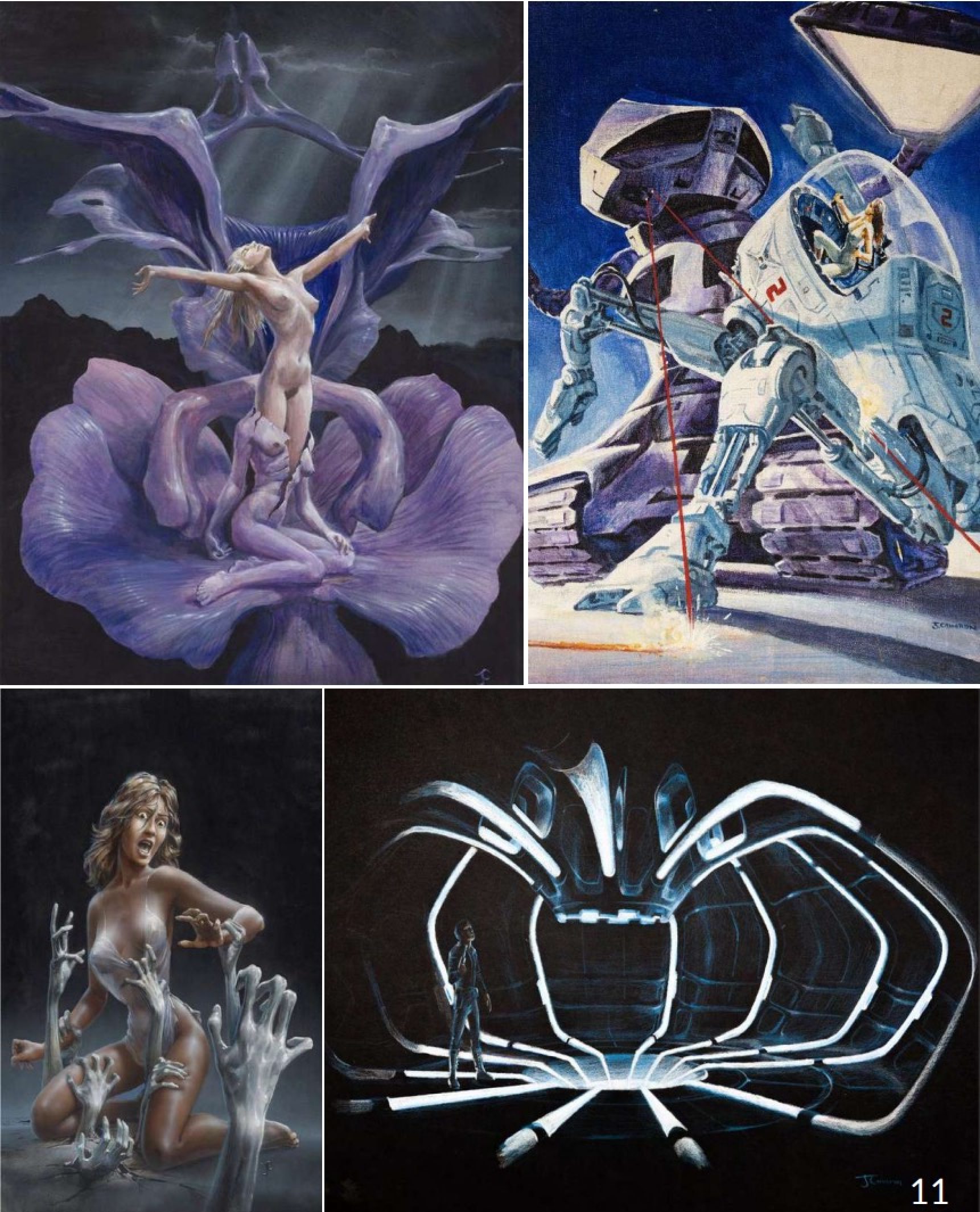
“People are very creative but if you’re constantly being bombarded by other people’s creativity with movies, games, with the constant flood of media, it tends to stunt it.
“Drawing is becoming a lost art. Even the artists that work with me now, they don’t usually put pencil to paper.
“They think of me as the dinosaur because I come in and draw something. But I have to feel it in the lines and textures.”
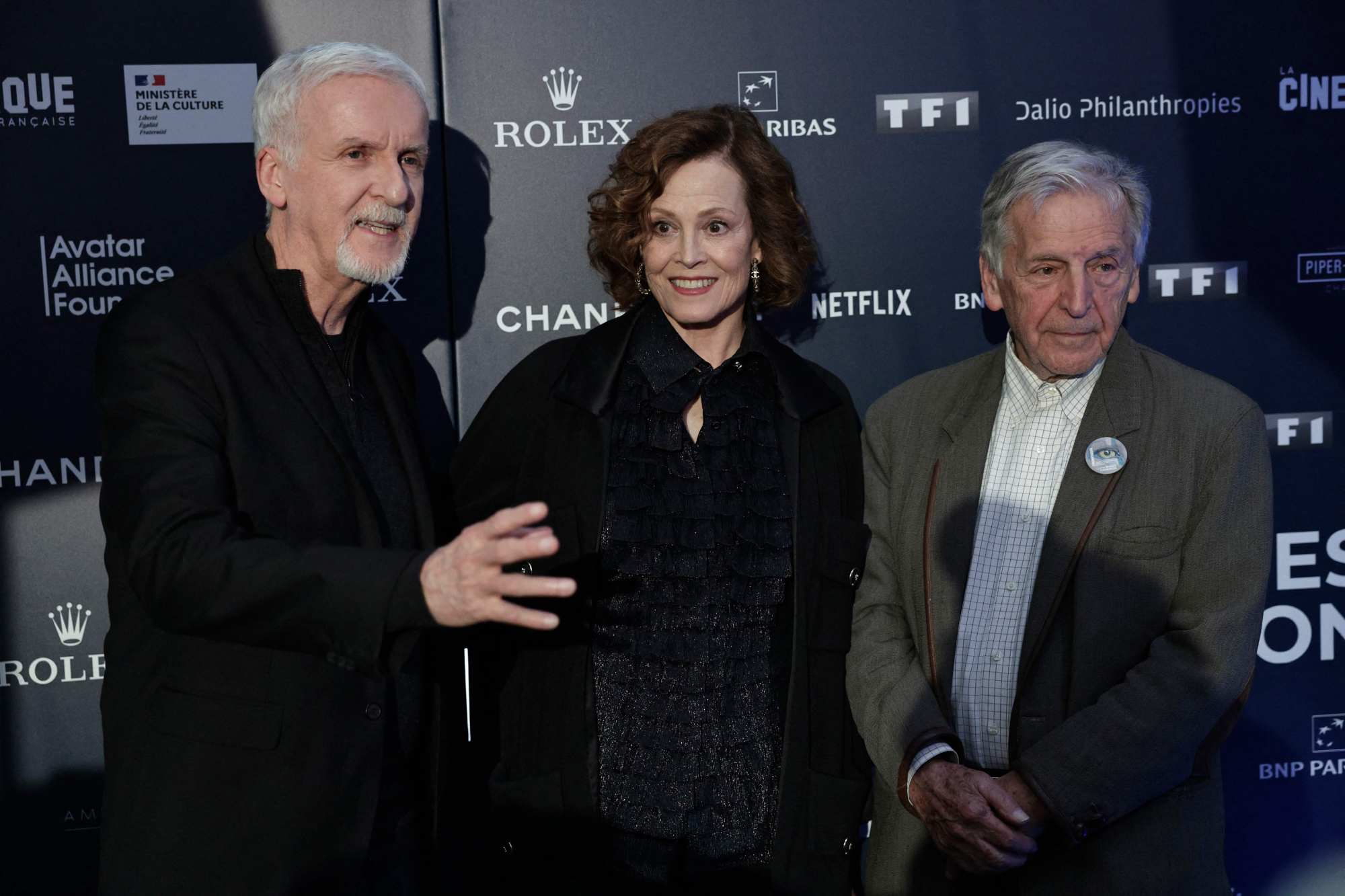
Cameron gave his thoughts on the progress of AI.
“The problem is there’s multiple flavours of AI, some of which aren’t here yet. Artificial general intelligence is a giant question mark. I think we should definitely pump the brakes on that.
“In terms of generative AI … that’s really interesting because the data they scrape is all the imagery that human beings have ever created. We’re putting our subconscious mind out into the world, and it’s coming back to us through these images.
“That’s why they’re so compelling, because it’s really us writ large. We’re going to learn something about consciousness and about art.

“But there’s no original. There’s no paint on a canvas. You can use gen-AI to create music, but you can’t take it on the road.
“I think the human artist becomes more important. Music is going to have to be about the actual moment of performance.”
As for the third Avatar film, the director said: “In movie three, we’re in a transitional state between fighting for the survival of Earth and of Pandora. We’re exploring other cultures on the planet, and solidifying the bad-guy story.
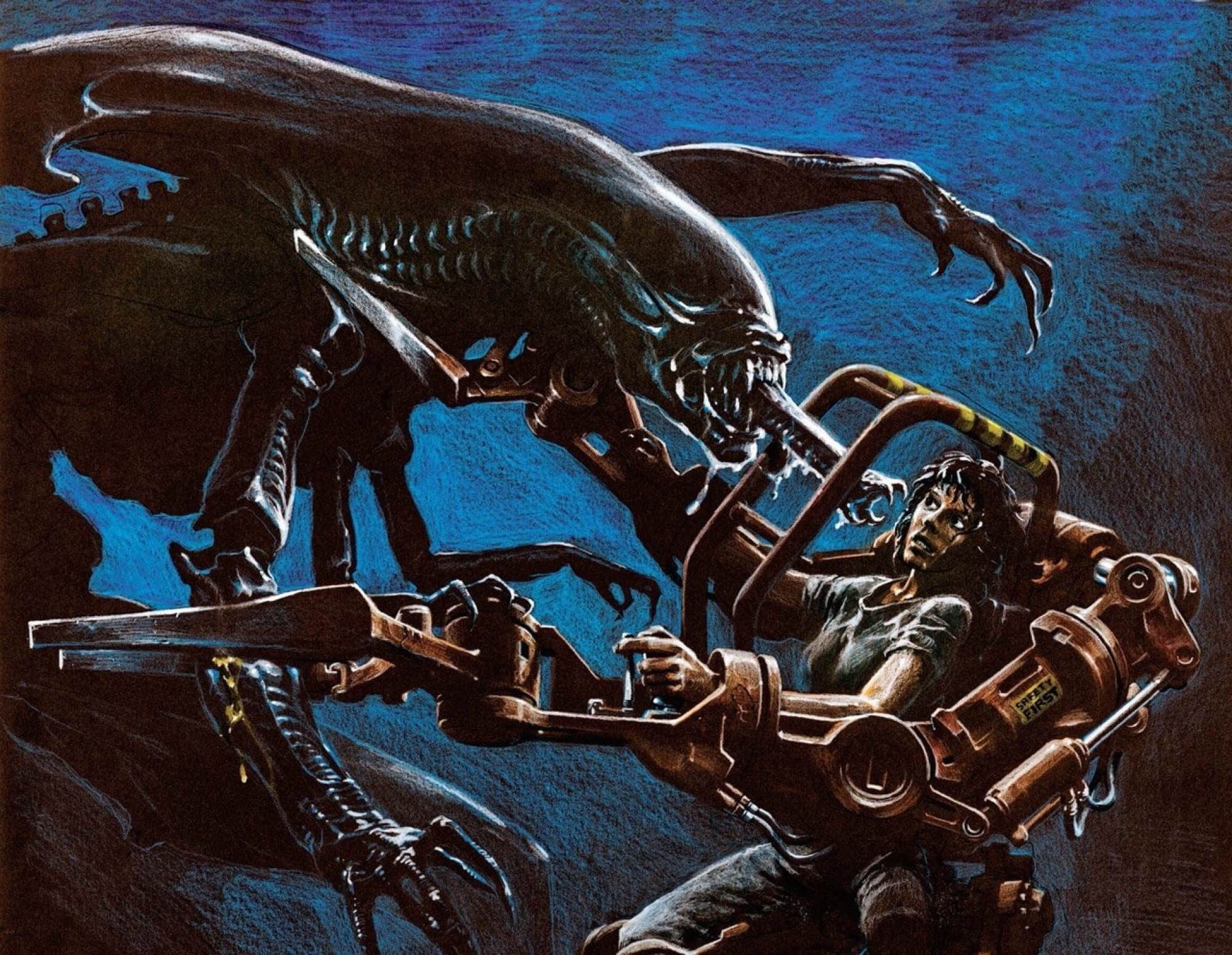
“There’s a bunch of new things that happen to the Sully family … and we drop in one important new character who then becomes a major part of the story.
“You’ve got to remember this is a story arc that goes from one all the way to five, and we’re right in the middle.
“But I can promise this: whatever you think it’s going to be, it isn’t.”

